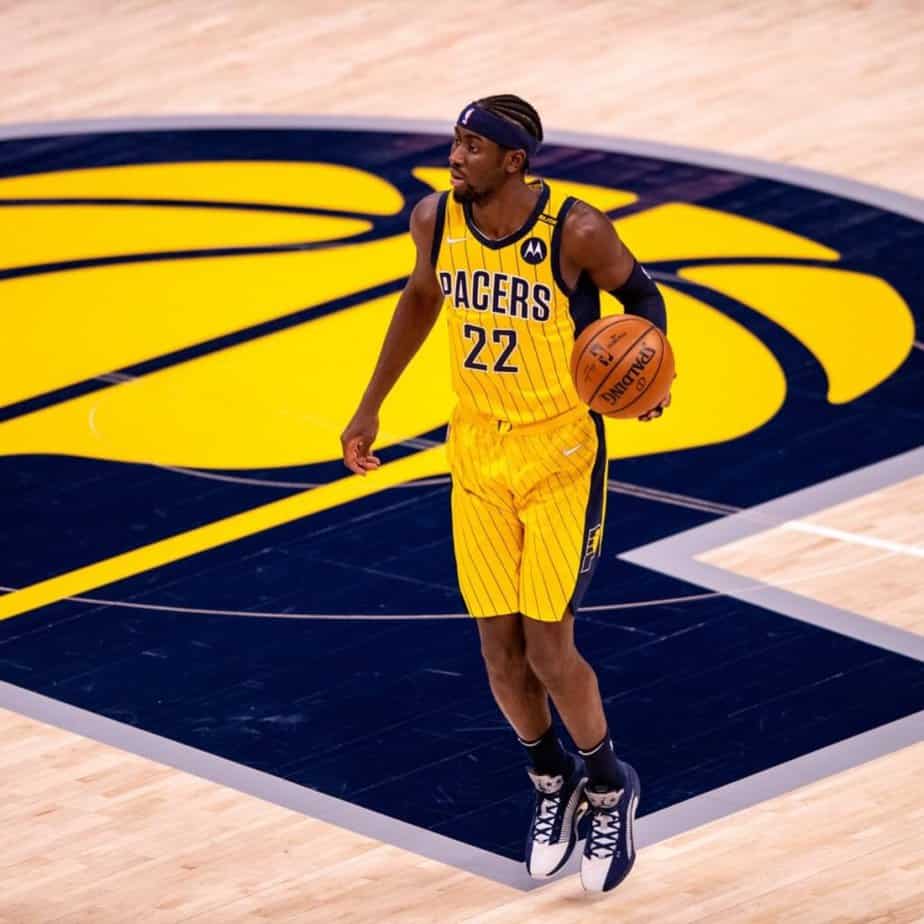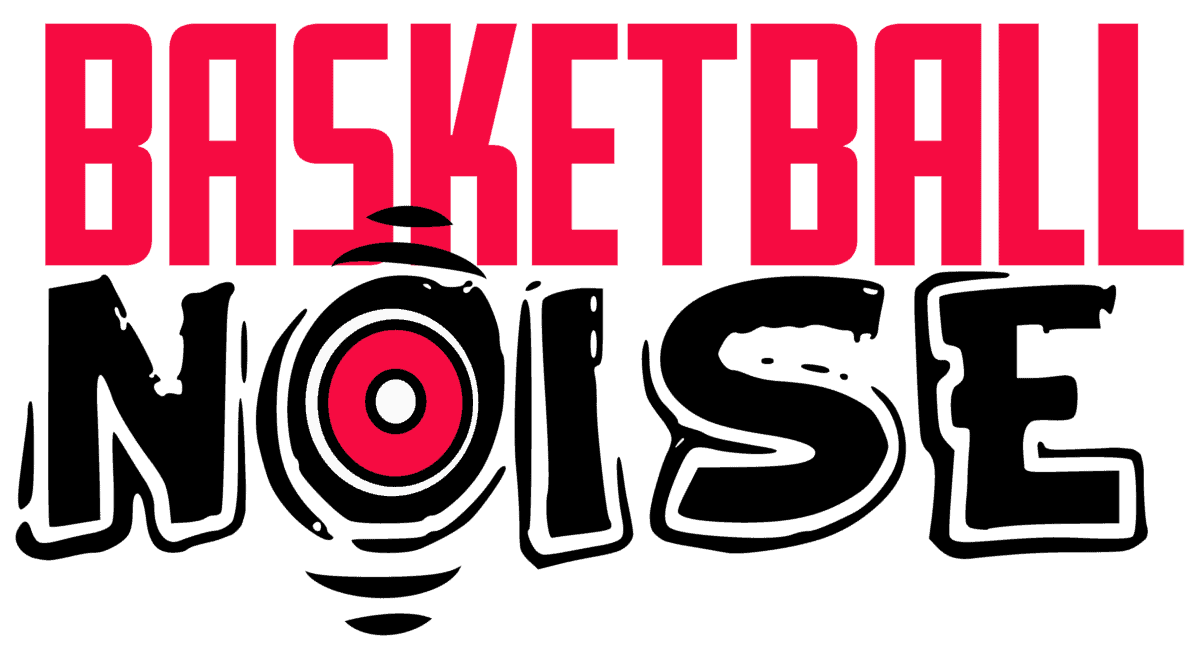Modern NBA athletes are more brains than brawn these days. The margins between that elite athlete who almost makes the NBA and that elite athlete who becomes a 2 time MVP are very thin and mostly in the mind. However, no matter how high an NBA player’s Basketball IQ is, without a fully functional body, they can’t get out on the court and ply that trade. Below we take a look at exactly what goes into an NBA Physical.
What goes into an NBA Physical? There are 3 key situations in an NBA player’s career where they would be subjected to an NBA Physical. Pre-Draft, Signing a new contract and if they are traded. These are all conducted in different ways and have different customs around them. NBA teams will want to ensure that they know everything there is to know about the physical wellbeing of an athlete they are about to commit tens of millions of dollars toward. Teams could assess anything from minor long term medical conditions to explosive jumping power.

Let’s take a look at some of the details surrounding NBA Physicals and why it’s not always as clear cut as you might think.
Pre-Draft NBA Physicals
Being invited to the NBA Draft combine, for many basketball players, is to that point the pinnacle of everything they have worked toward since they realized they had the potential to maybe, one day, if things broke right, make the NBA. The NBA combine is an opportunity to showcase their physical prowess, technical skills, Basketball IQ and personality to a host of NBA scouts, coaches and front office personnel.
One of the main things teams take away from the Draft Combine are the potential draft picks Physical results.
The below table summarizes some of the key measurements that are taken at the draft combine.
| Physical Attribute | Test | Comments |
| Strength | 185lb (84kg) Bench Press | The maximum number of bench press repetitions at 185 pounds is recorded. |
| Power | Vertical Jump | The vertical jump is a test of an athlete’s explosive leg power. There are two versions of this test performed, the stationary vertical jump and a running vertical jump. |
| Speed | ¾ Court Sprint | Time to sprint over the distance of three quarters of the court is measured in seconds. Total time, top speed and acceleration are all key measurements teams take away. |
| Agility | Lane Agility Drill | The Lane Agility test measures how fast a player moves laterally around the key. |
| Agility | Reactive Shuttle Run | The players start in the middle of the key and run to each side of the key before returning to the center. |
| Body Size | Measure | Anthropometric measurements that are taken include height with and without shoes, weight, wingspan and standing reach. Percent body fat is also now measured. |
It is important to note, that a player does not have to attend the NBA Draft Combine in order to be drafted. If a player feels confident they will go in a draft position they are happy with they may skip this process altogether.
In a similar way, NBA Prospects do not have to undergo a medical physical exam or submit any medical information to the league or individual teams prior to the NBA draft.
While they would eventually have to submit to a medical before signing their contract, this is often used as a way for highly rated players to ward off teams they do not want to be drafted by. Without seeing a player’s medical information it may be hard for a GM to commit a highly valuable draft pick to a player.
NBA Contract Physicals
Before any NBA player signs a contract they are required to have a physical carried out in the form of a medical exam. This is usually carried out by the teams’ in-house doctors. It will focus more on potential health issues than on the physical attributes a player brings to the table.
These NBA Physicals will vary from Franchise to Franchise as there is no league mandated approach. It is up to the individual organization to ensure their own due diligence is completed before committing tens of millions of dollars and valuable cap space to any NBA player.
Some teams will do a variety of blood work, MRI’s, X-rays as well as more basic physical tests.
NBA Trade Physicals
Before any NBA trade can be finalized by the league office. Every franchise involved must confirm that each player involved has had a physical exam and that they are happy with the results and wish to take on that player’s contract. This is the last hurdle for most NBA trades to clear. It is rare that the medical will prevent a trade going through, although it does serve as the teams final part of due diligence and once they confirm they are happy that players contract is “bought as seen”.
All teams have a very different approach to this and include different tests. This can be highlighted by the 2021 trade of Caris Lavert from Brooklyn to Indiana.

Following a breakout season with Durant and Irving sidelined in the NBA bubble, Lavert was hot property as a scorer, but surplus to requirements on a loaded Brooklyn roster. In January trade talks came to a head with former MVP James Harden forcing a trade away from the Rockets to Brooklyn to team up with Durant and Kyrie.
Lavert was initially supposed to go to Houston to join the Rockets, but at the last minute the Rockets added the Pacers to the trade and Lavert was diverted there.
When he arrived in Indiana for his pre-trade NBA physical exam, they ordered their usual tests, many of which are not carried out by other franchises in the league. One specifically was a lower back MRI. This scan showed something that neither Lavert, Brooklyn or the Pacers were expecting to see. A tumor on his left kidney.
While this did delay the confirmation of the trade while investigations took place, it did not derail it completely.
The tumor turned out to be cancerous, but treatable. The Pacers decided to sign off on the trade and Lavert had surgery and is now recovered and back to getting buckets at a high level.
This story illustrates how not all NBA Physicals are the same league wide. Another franchise may never have carried out the lower back MRI and caught this potentially life threatening condition. Had he never been traded at all, it may well have been found to be too late for his career or possibly life to have been saved.
